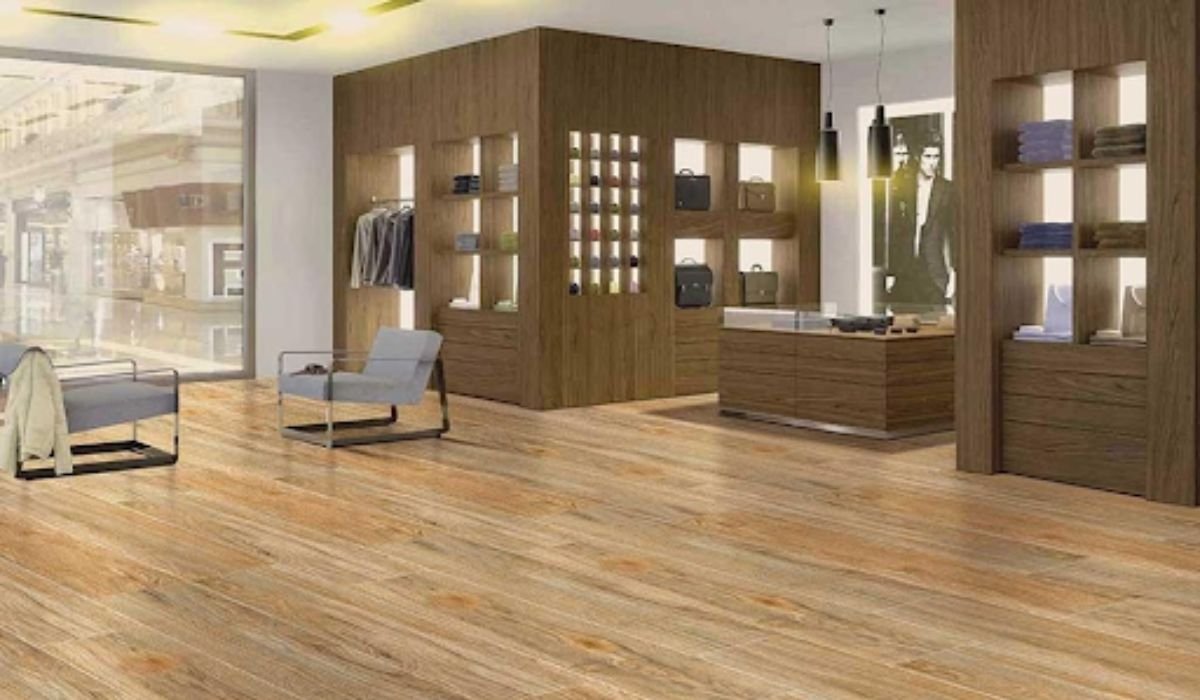Modern kitchens are evolving into multifunctional spaces that have to blend cutting-edge technology with practical design. This evolution is pushing furniture hardware manufacturers to deliver hinges, slides, knobs, handles, and organizational systems that are not only robust and beautiful but also packed with innovative features. For the year ahead, kitchen cabinet hardware manufacturers are responding to faster-moving consumer expectations, rapid technology advances, and stronger sustainability mandates, which are all changing the way suppliers create, test, and ship their components to B2B partners.
This paper examines the dominant trends shaping hardware production in 2025 and outlines how B2B businesses can translate them into more compelling product lines and clear market advantages.
Smart Functions Embedded in Cabins
Smart technology is the headline trend this year, quietly but firmly making its way into cabinet hardware. As smart-home systems gain a foothold, homeowners and builders are looking for tamper-proof, cost-efficient upgrades that simplify daily tasks and connect securely with other devices.
Key capabilities now being woven into contemporary hardware consist of:
- Touch-to-open and motor-assisted access systems—
- Sensor-activated LED illumination inside cabinets and drawers—
- Bluetooth-activated locks for confidential compartments—
- Voice-command readiness for integration with smart assistants.
For producers, this shift necessitates close co-development with electronic component makers and software houses, guaranteeing a frictionless user experience. It also demands that design and engineering squads learn to operate inside combined disciplines. A furniture hardware producer able to deliver fully integrated smart solutions is now regarded as a valued partner, not merely a vendor of discrete parts.
B2B customers across hospitality, multi-unit residences, and luxury property development are already insisting on these features to protect their investments and to lead rather than follow market evolution.
Aesthetic Minimalism Meets Functional Complexity
Visually, minimalism continues to dominate—but its meaning is expanding. Kitchen cabinet hardware is now expected to be slender, seamless, and nearly invisible while executing sophisticated functions behind closed doors. Concealed, soft-close, and flush-mounted mechanisms have become the accepted benchmark in high-end kitchens.
Consequently, the technical requirements for handles, hinges, and drawer slides have advanced considerably. Suppliers are now expected to:
- Deliver invisible hinge assemblies that allow for total three-dimensional adjustment
- Integrate handle-free opening mechanisms like push-to-release systems
- Supply tailored finish matching for hardware to seamlessly coordinate with cabinetry
- Optimize for compact design and user-friendly reach
The overarching challenge is achieving a seamless balance between visual simplicity and mechanical integrity. Kitchen cabinet hardware manufacturers and bespoke furniture-component producers must craft systems that satisfy the most exacting design sensibilities while also ensuring peak performance, durability, and sustained reliability.
Within the B2B arena, the interplay of minimalist appearance and functional rigor is especially decisive for design consultancies and cabinet makers seeking to establish a credible presence in the premium tier of the market.
Demand for Sustainable and Recyclable Materials
Growing environmental awareness is now a decisive factor in purchasing choices across all sectors, including furniture hardware. Today’s B2B customers no longer focus solely on functionality; they want to know the material makeup and the entire lifecycle impact of every component.
Sustainable approaches currently shaping hardware manufacturing include:
- Selection of recyclable materials such as stainless steel and aluminum
- Transition to lead-free plating and low-VOC finishes
- Implementation of energy-efficient anodizing and electroplating lines
- Acquisition of eco-certifications that align with green building benchmarks
- Design of compact packaging that reduces carbon footprints during transport
Proactive furniture hardware suppliers have also introduced closed-loop recovery systems and greater automation to minimize energy and waste.
B2B customers, particularly in government, commercial, and global sectors, typically impose demanding sustainability standards. Collaborating with a hardware partner that consistently meets these benchmarks is rapidly evolving from a competitive edge to an essential requirement.
Customization and Modular Hardware Systems
Today, customization is an expectation rather than a premium feature. As consumer preferences fragment and projects grow in complexity, cabinet makers are on the lookout for suppliers that deliver modular, scalable, and deeply configurable hardware options.
This covers:
- Adjustable hinge systems that fit doors of any thickness
- Drawer slides designed for any length, weight, or material
- Modular organizers such as pull-out trays, baskets, and spice racks
- Colour and finish choices that align with brand identity or client taste
- OEM/ODM services for custom private-label products
Offering customization sets suppliers apart in crowded markets, and B2B buyers favour partners who can provide scalable, flexible solutions.
Kitchen cabinet hardware manufacturers and furniture hardware manufacturers that deliver made-to-order options are better positioned to forge lasting ties with cabinet makers, distributors, and design studios.
Growing Focus on Supply Chain Resilience and Speed
Recent global disruptions have shown the hardware sector that supply chain agility and resilience matter as much as design innovation. By 2025, B2B customers will want more than outstanding products—they will want predictable lead times, responsive communication, and smooth logistics.
To meet these expectations, industry-leading hardware manufacturers are:
- Rolling out advanced digital supply chain management platforms.
- Carrying calibrated buffer stocks across strategic regions.
- Setting up regional warehouses or aligning with global distribution partners.
- Delivering real-time order visibility to ensure full transparency.
- Streamlining SKU families to accelerate replenishment speeds.
A furniture hardware manufacturer that excels in these areas mitigates supply chain risk and builds confidence with B2B clients, especially those executing tight-deadline commercial projects or operating high-volume production lines.
Today’s expectation for rapid, dependable supply partners is sharper than ever, and how well a manufacturer meets it often defines competitive success.
Conclusion
As kitchens evolve into the centrepiece of contemporary living, the appetite for innovative, sustainable, and impeccably engineered hardware has surged. By 2025, kitchen cabinet hardware manufacturers will be more than suppliers; they will be strategic innovation partners, champions of sustainability, and leaders of the supply chain.
Here are the key trends currently defining the cabinetry and furniture markets:
- Intelligent technology built directly into cabinet systems
- Minimalist design that conceals versatile hardware
- Sustainable materials and eco-friendly production methods
- Modular configurations that can be easily tailored
- Streamlined supply chains and agile logistics
For B2B players aiming to lead the furniture and cabinetry sector, collaborating with a progressive furniture hardware manufacturer has shifted from a nice-to-have to a must-have. The ideal partner will enhance product performance while advancing your brand’s innovation pipeline, operational efficiencies, and sustainability initiatives.
READ ALSO: Essential Renovation Tips for Every Room in Your Home











